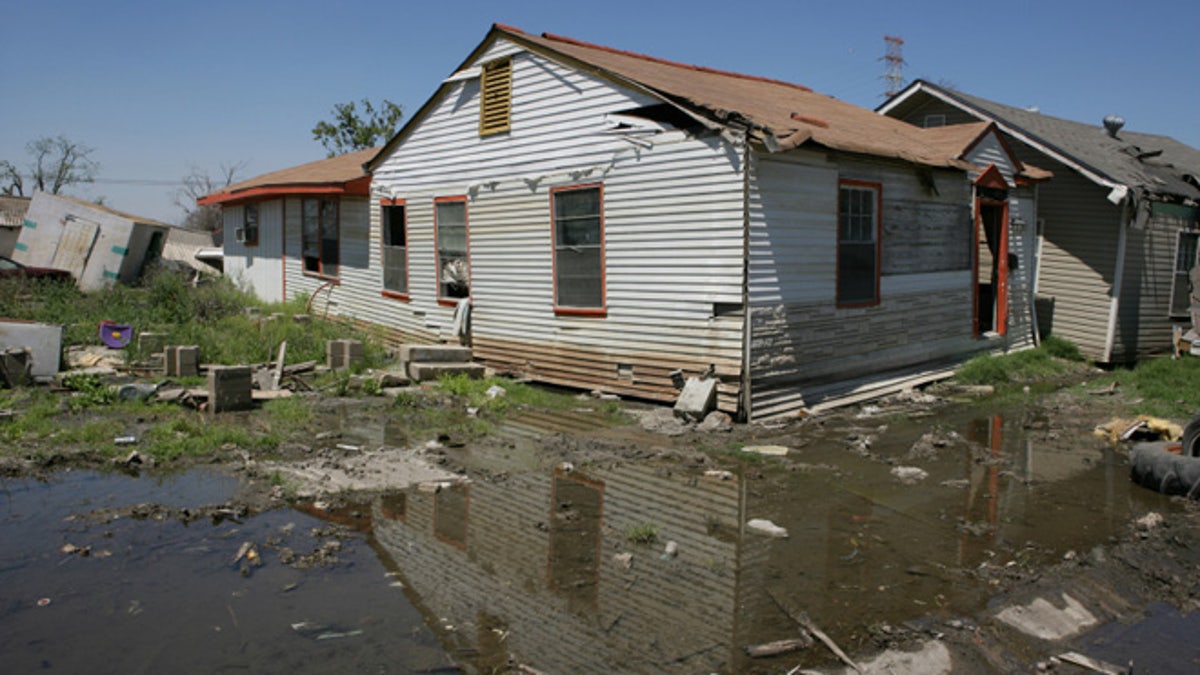
(Brian Nolan 2006)
Not all homeowners insurance is created equal. To make sure you’re covered when disaster strikes, here are five things to consider before you purchase or renew an insurance plan.
Looking for Discounts: You don’t have to settle for the quoted rate; there are some steps you can take to drive down your monthly premiums. The first, of course, is to increase your deductible. While this will raise the cost of filing a claim, it could be a good move if you rarely make claims. A monitored home alarm system is another way to lower your insurance premiums, so if you’ve recently signed up for a security service, make sure to mention it to see if you can get a discount. Some insurers will also reward you for making improvements on the home that protect it from disasters, such as storm shutters or an upgraded roof, so don’t forget to mention these to your insurer as well.
Covering Valuables: Many insurance polices have caps on replacement costs for individual items, which means expensive items like jewelry or expensive electronics might not get covered in full if they are destroyed or stolen. These caps can often be as low as $1,000 per item, leaving you to pick up the rest of the cost to replace them. If you have expensive items like jewelry or art, be sure to mention it to your insurance agent so you can purchase extra coverage. And spend a little extra money to get the items appraised so that you can back up a claim.
“Special” Disasters: While homeowners often assume that they have insurance coverage should disaster strike, in truth, many calamities aren’t covered. Floods and earthquakes, for instance, are rarely covered by standard insurance policies. Homeowners looking for earthquake protection have to pay for an additional policy with their insurer to get covered, and flood insurance is usually handled by the National Flood Insurance Program. There are also other disasters that may not be covered. Many insurers take the position that termites are preventable with regular check-ups by an exterminator, so they don’t cover damage caused by an out-of-control infestation. The same goes for damage caused by mold and fungus. So before assuming that you’re protected, review your policy in detail with your insurance agent so you know up front what is and isn’t covered.
Document Everything: An inventory of everything you own will be critical when it comes time to make a claim. Not only will it help you prove your claim, but it will ensure that you don’t forget anything—something that’s very easy to do in the wake of a disaster. Document your belongings with photos and type up a spreadsheet listing everything you own. Finally, email it to yourself, or save it to a cloud storage service like Dropbox so that you can access it should you ever need it.
Replacement Value vs. Actual Cash Value: When it comes time to file a claim, many homeowners are shocked to discover that they will only get a fraction of the value needed to replace their damaged or stolen items. That’s because many fail to understand the difference between replacement value and fair market value. If your policy only covers the actual cash value, your insurer will factor in depreciation, which means that you might only get a fraction of the cost for items damaged or stolen. A television that you paid $1,500 for four years ago, for instance, might only be worth $700 today. However, if you policy covers the replacement value, you should be able to recoup the full cost of replacing lost or damaged items with brand new items.